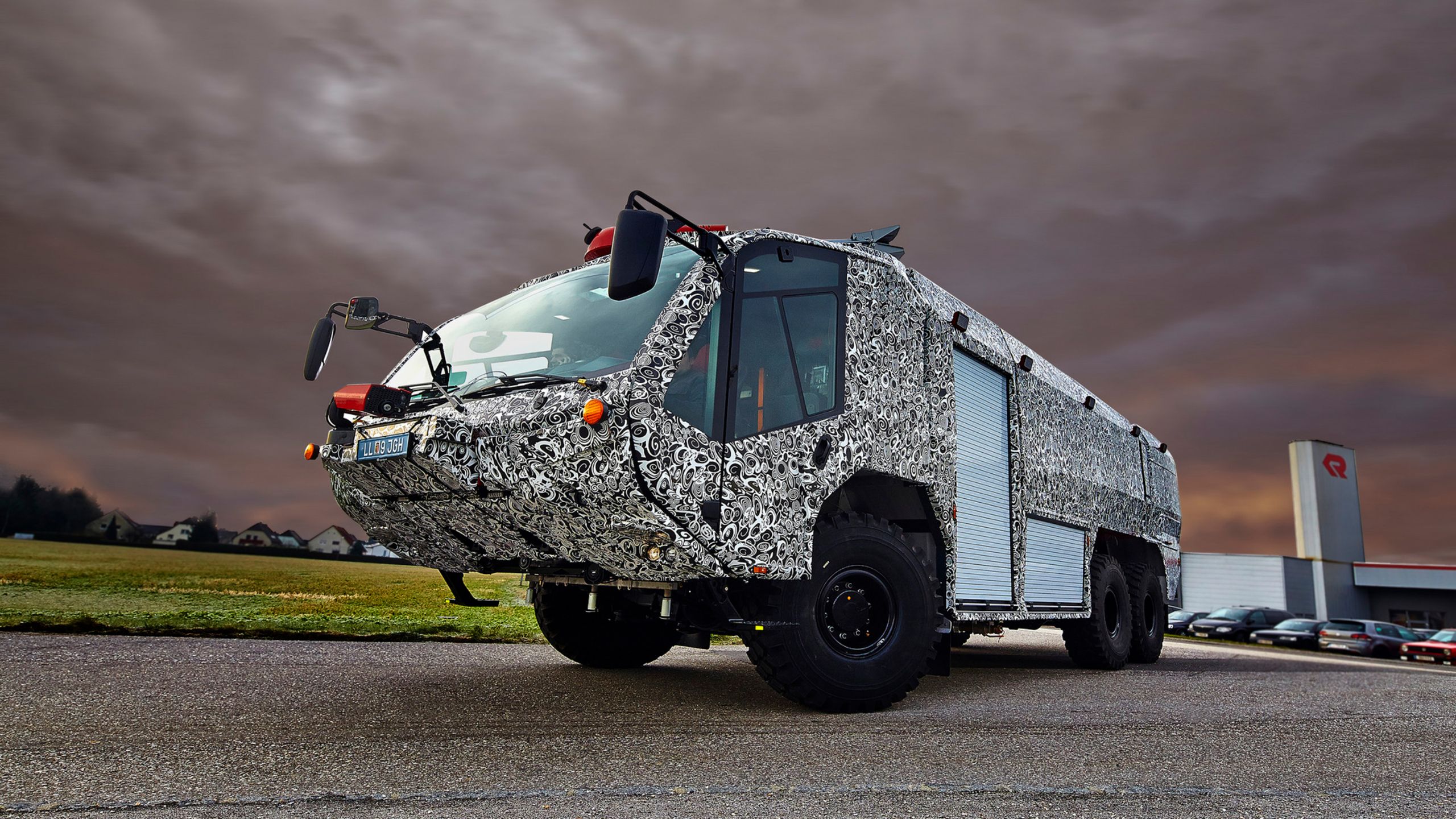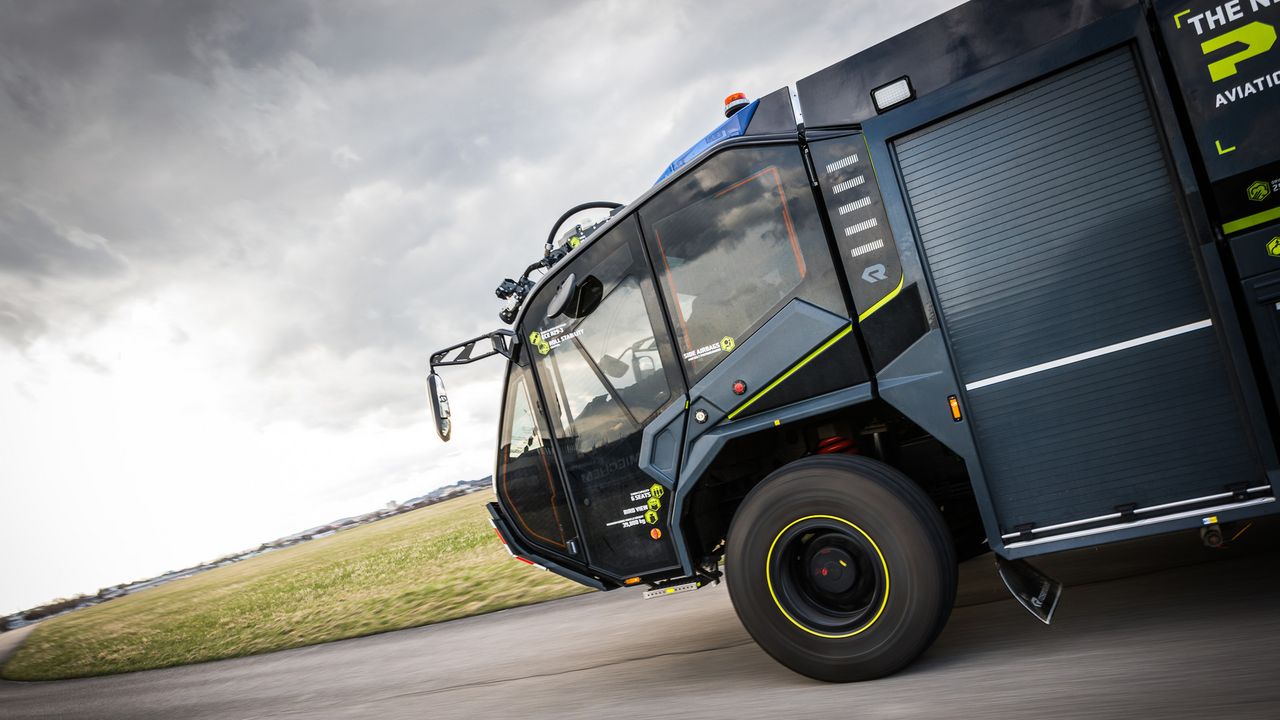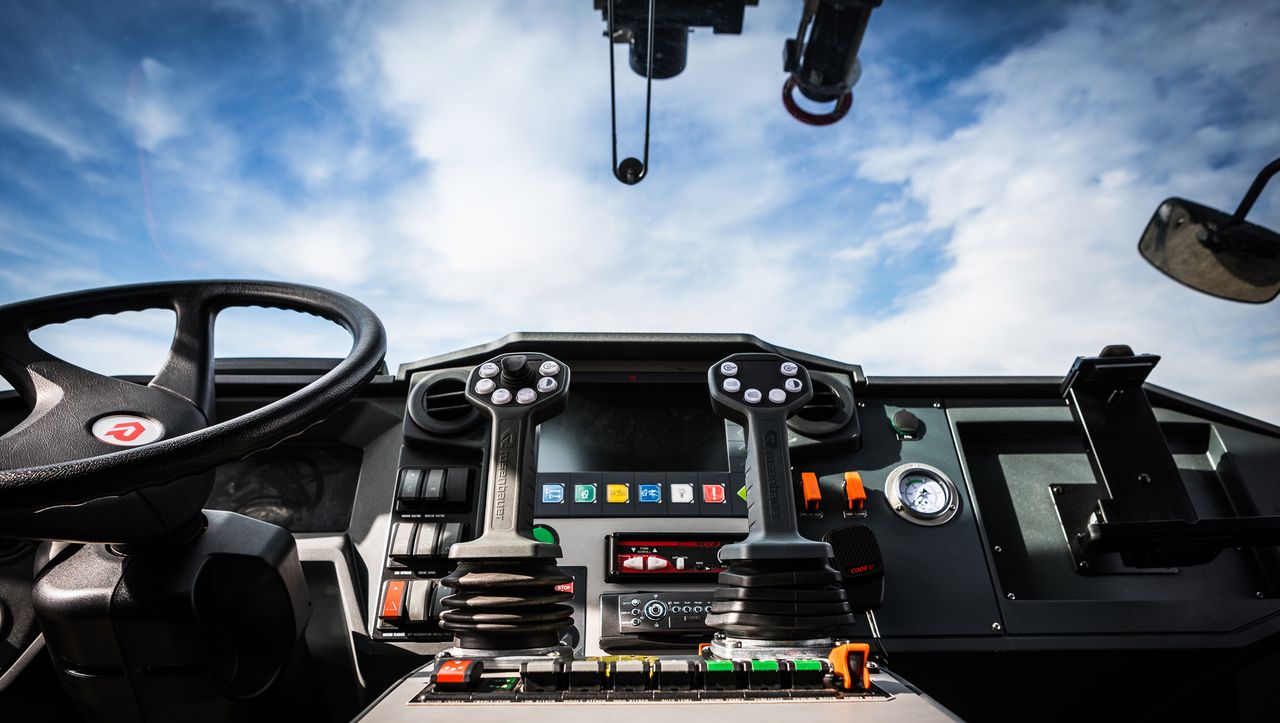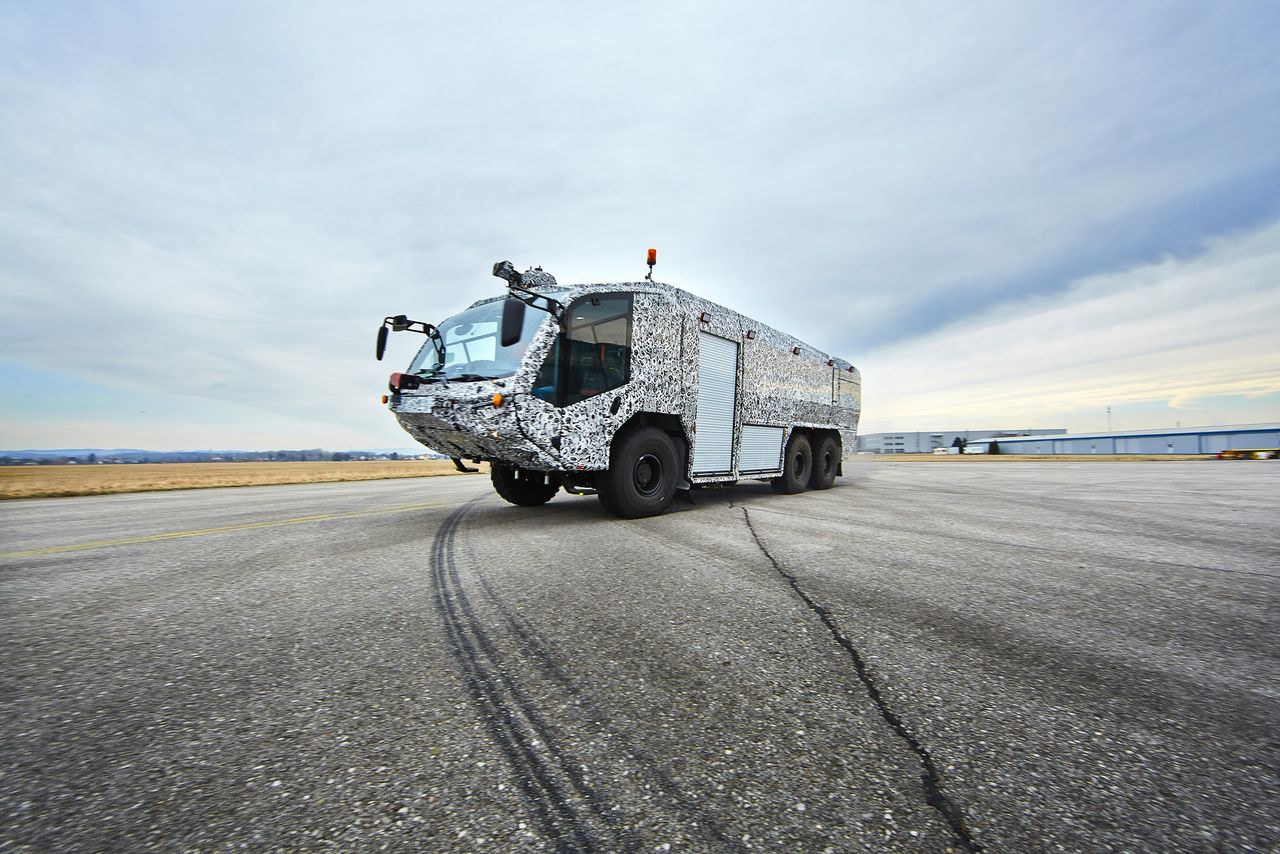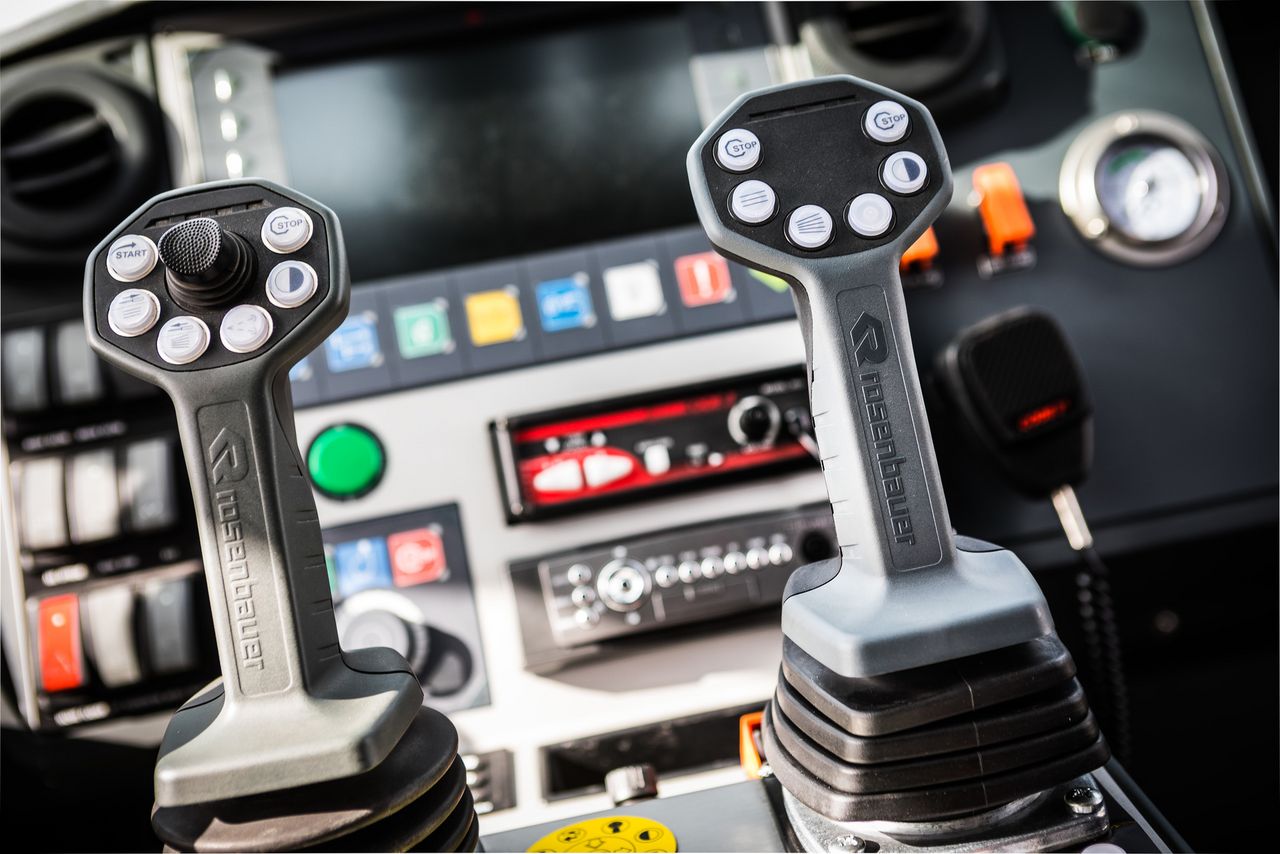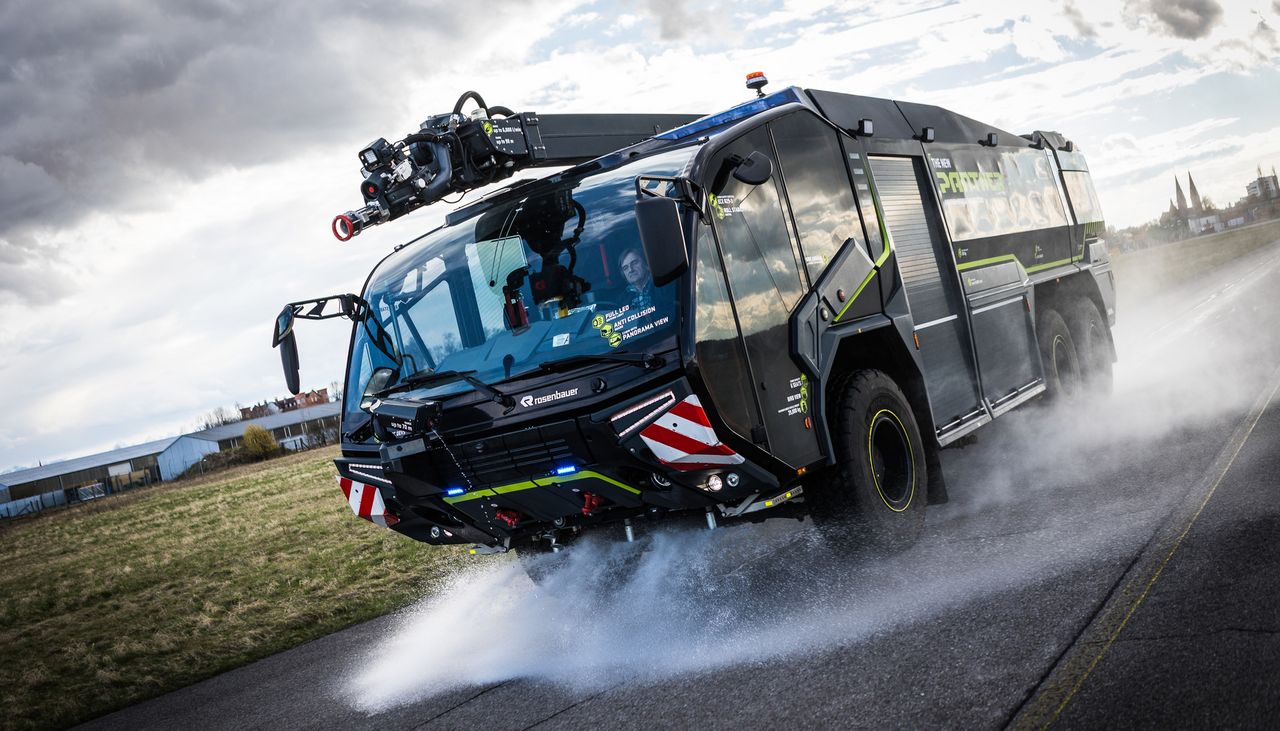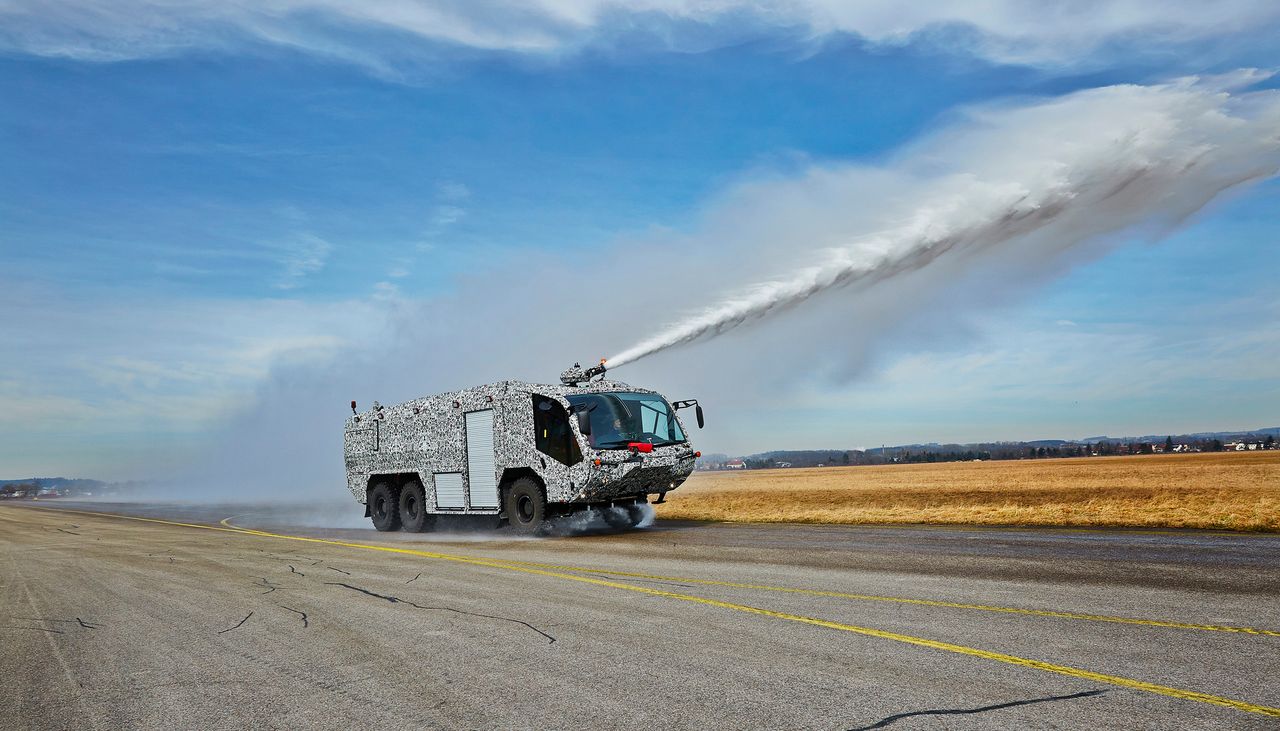Close to customers!
Rosenbauer launches the development of the fourth PANTHER generation with a large-scale customer study.
Munich Airport, July 10, 2012. A flurry of activity at the south fire station. Representatives of major German airports are invited to participate in a qualitative-quantitative customer study. For two days, Rosenbauer listened to them talk about how satisfied they are with the vehicles in their fleets, what they expect from future airport fire-fighting vehicles and what new requirements they think they will have to meet. The objective of the study is to create a benefit-oriented property profile for the next PANTHER generation, which is scheduled for market launch in 2015, based on customer feedback.
Safety first
The first conclusion from the customer study is that safety is becoming even more important. The users' need for safety has increased, the regulations (ICAO, NFPA, ADV) have become stricter, and the equipment has developed further. Above all, the safety of the occupants can now be significantly improved. The PANTHER already has a high-strength safety cabin, the robustness of which has been demonstrated by means of finite element calculations. Now it is being revised once again in terms of technical safety, and the protective properties are confirmed not only by calculation, but also in standardized crash tests (ECE R29-3). In addition, all seats in the vehicle are now equipped with 3-point seat belts as standard and a rollover airbag system with belt tensioners can be optionally installed for the side crew seats.
Active assistants
In addition to these passive safety systems, users are also open to active assistance systems. The next PANTHER generation will therefore not only have ABS and EBS, but can also be equipped with tire pressure monitoring and Roll Stability Control (RSC). RSC supports the driver in driving dynamic limit situations by automatically reducing the engine torque and actively intervening with the brakes if the lateral acceleration is too high.
Improved visibility
Another outcome of the customer survey: The drivers of the airport fire engines would like to have assistance in poor visibility conditions, in smoke, fog, and at night. Thermal imaging cameras that detect obstacles in the roadway already exist. Based on this technology, Rosenbauer is first developing an anti-collision guard and then a highly precise navigation and positioning system with visual assistance, which can be individually configured for each airport. In addition, from the fourth generation onwards, the PANTHER can be equipped with a Birdview system, which provides a bird's eye view of the vehicle's entire surroundings.
Easier operation
The users also see potential for improvement in the operation of the vehicles. It should be easier and more intuitive, and it should be possible to control the turrets even more precisely. Rosenbauer subsequently developed a new generation of joysticks (bumper turret, boom) and control handles (roof turret) that can be controlled precisely "from the wrist," offer the same range of functions and have the same operating logic. In addition, they are now all equipped with a so-called light guide operation, which makes it visually apparent in which direction a turret is currently pointing.
Another concern is improved maintenance access. Rosenbauer also takes this to heart and creates more space in the driver's cab (narrower dashboard), in the pump box (pumps with insufficient installation space), and in the rear box (more compact engine). All required service accesses have been revised and improved, and the oil levels of the gearbox, pump gearbox, etc. can now be called up from the crew cab at the touch of a button.
Performance matters (as before)
Performance, as the 2012 customer study also shows, is still the be-all and end-all for airport fire-fighting vehicles. Aircraft are getting bigger and bigger (A380), airports are getting more spacious, and so the sprinting strength and extinguishing efficiency of the vehicles are more important than ever. However, the new requirements are difficult to meet with the existing technology, which is why Rosenbauer decided to take a radical step and completely redevelop both the driving and firefighting equipment of the PANTHER.
The PANTHER got a new powertrain with a more powerful engine (first 700, then 750 hp in the 6x6 version) and new 8-speed automatic transmission (optional), which will also be available in a Euro 6 version from 2016. In addition, the entire chassis (center of gravity, weight/axle load distribution, etc.) is revised to achieve even better driving stability at high cornering speeds and when driving over unpaved terrain. In addition to drum brakes, disc brakes are now optionally available for the PANTHER, which also contribute to improved driving/braking behavior.
Efficient fire fighting
As far as the firefighting equipment of future ARFF vehicles is concerned, the wishes of the users also go in the direction of increasing performance and efficiency. This is why Rosenbauer developed new, precisely coordinated extinguishing systems for the PANTHER 4x4 and 6x6, consisting of the pump (N80, N65), turret (RM80, RM35), foam system (FIXMIX 2.0), and control panel (LCS 2.0). The extinguishing system performance of the PANTHER 6x6 is increased from 6,000 l/min to 9,000 l/min and the new RM80 roof-mounted turret now achieves the same discharge rate and a throwing range of 100 meters.
In 2015, Rosenbauer launched the new PANTHER 4x4 and 6x6, followed two years later by the new 8x8. The fourth PANTHER generation once again set the technological benchmarks in the field of ARFF vehicles and is largely the result of customer feedback from Europe and the USA, where a study was also made. The continuing success of the PANTHER series confirms that Rosenbauer kept its ear close to the customer during its development.
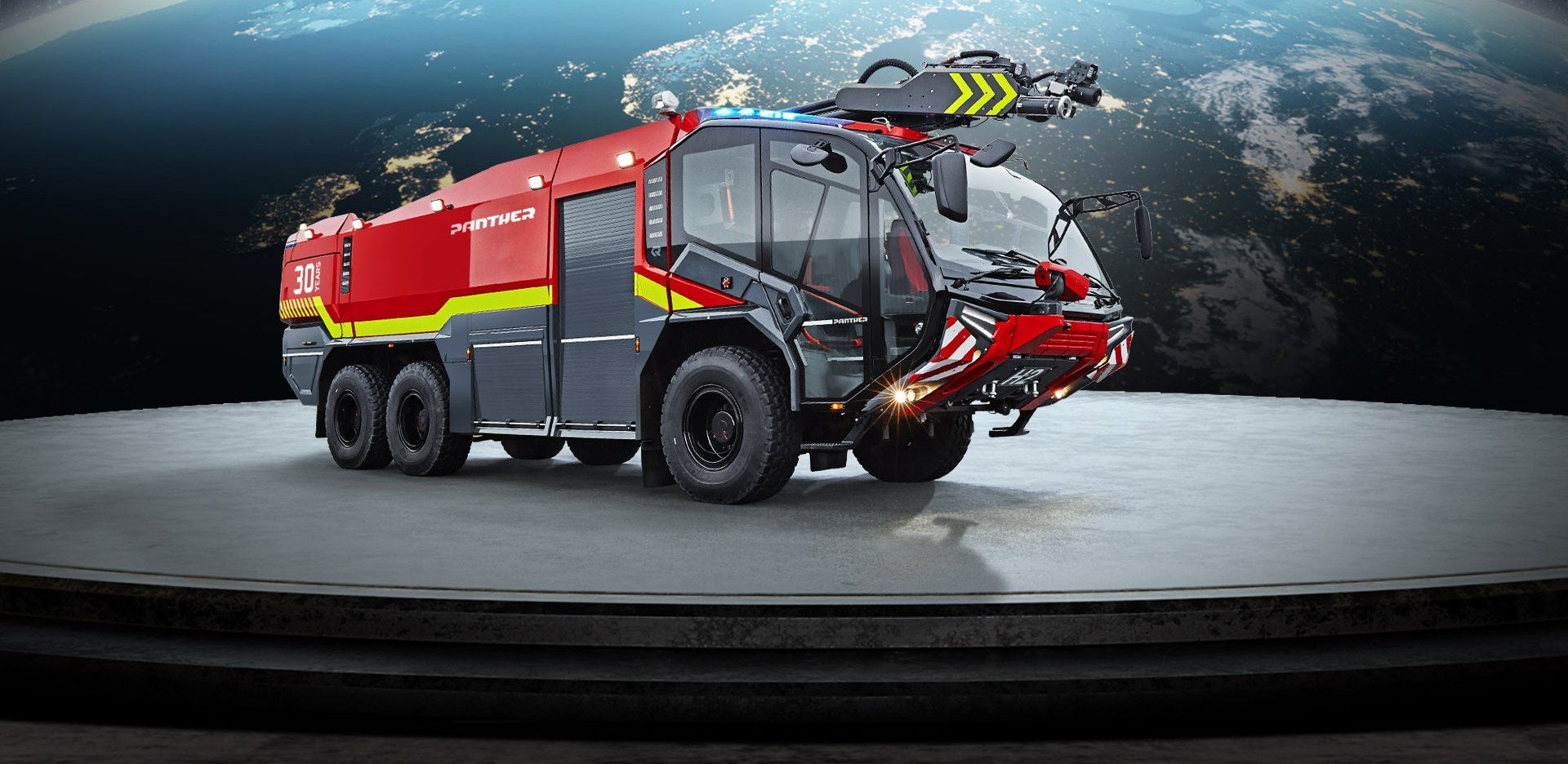
Register now for the Rosenbauer Newsletter & always be well informed!
Contact
Rosenbauer International AG
Paschinger Str. 90
4060 Leonding, Austria
office@rosenbauer.com
